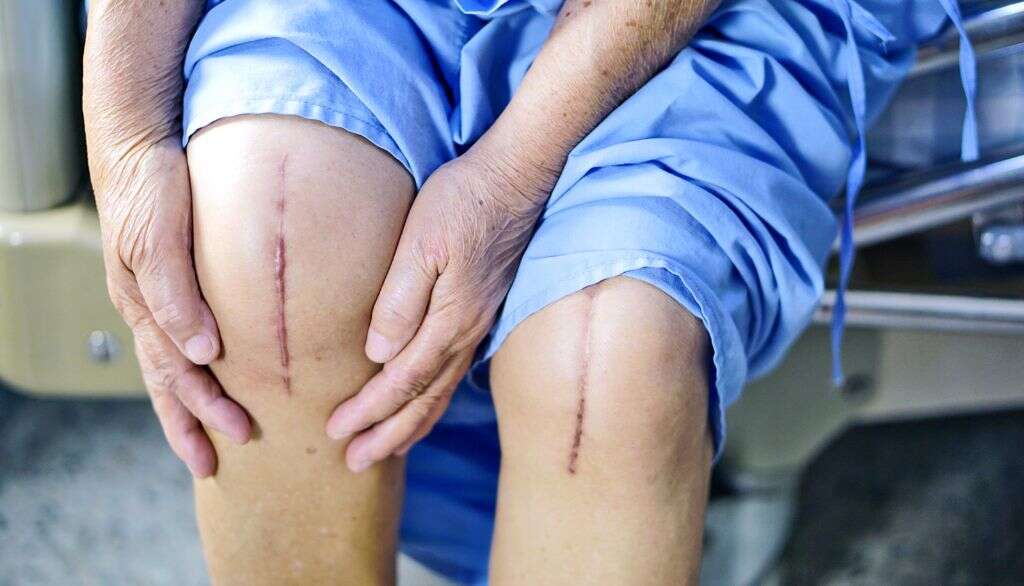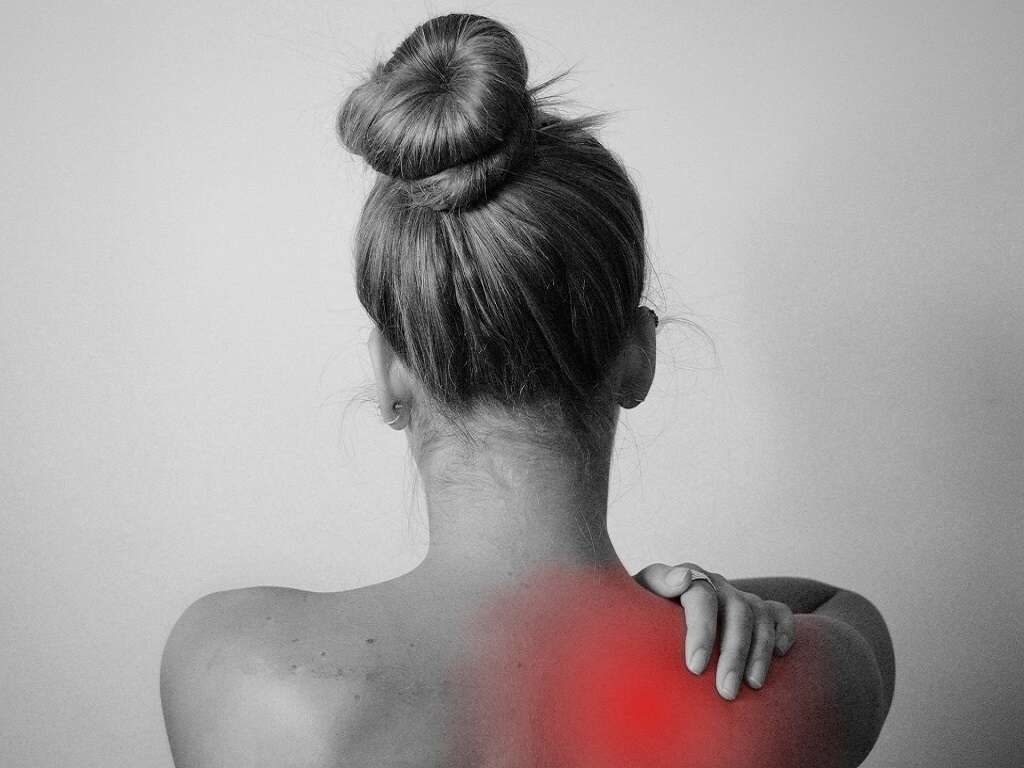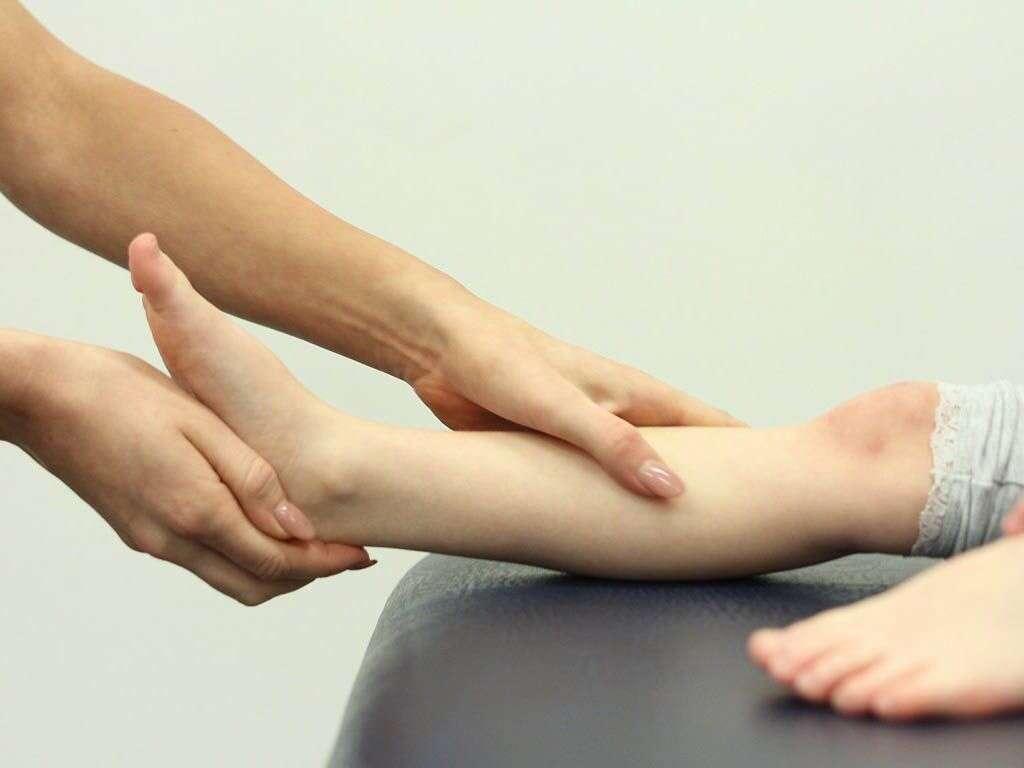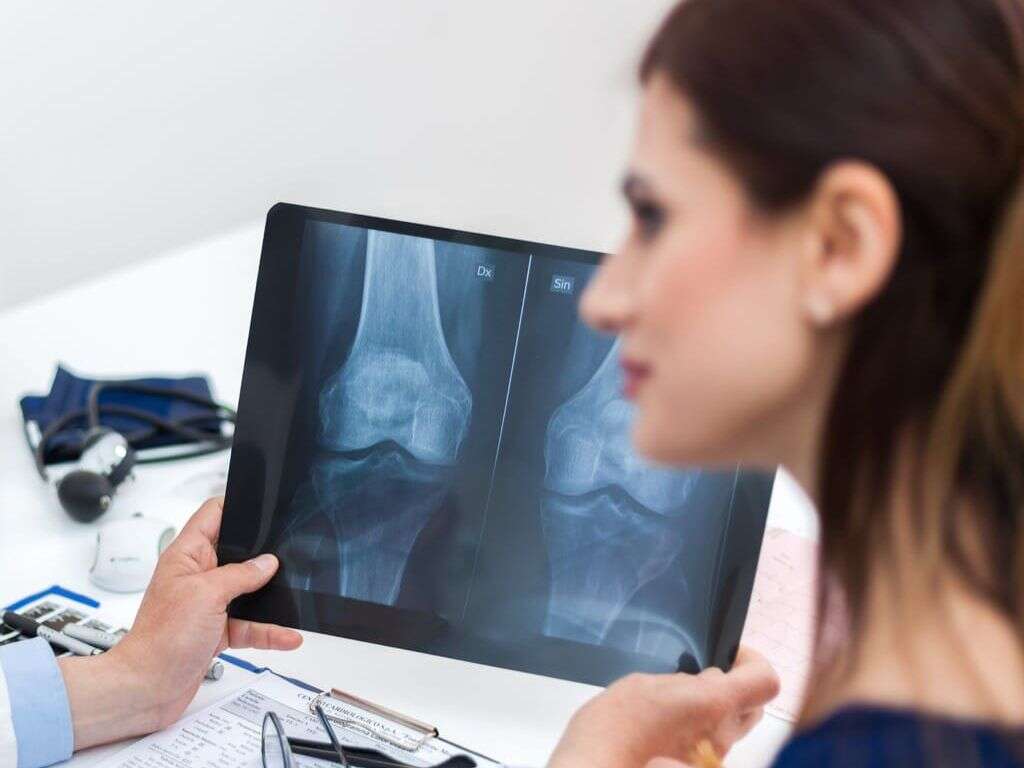What Is Degenerative Joint Disease?
As we grow older, our bodies tend not to work as well as they did when we were younger. Even people that like to keep in shape can find that they find it harder to move than usual, and certain other functions like sight and hearing can also begin to fade.
A lot of people will find that their joints are nowhere near as flexible as they used to be. In some cases, joint problems can become so severe that it effectively leaves the patient immobile. One of these conditions is degenerative joint disease, and it affects millions of people around the world.
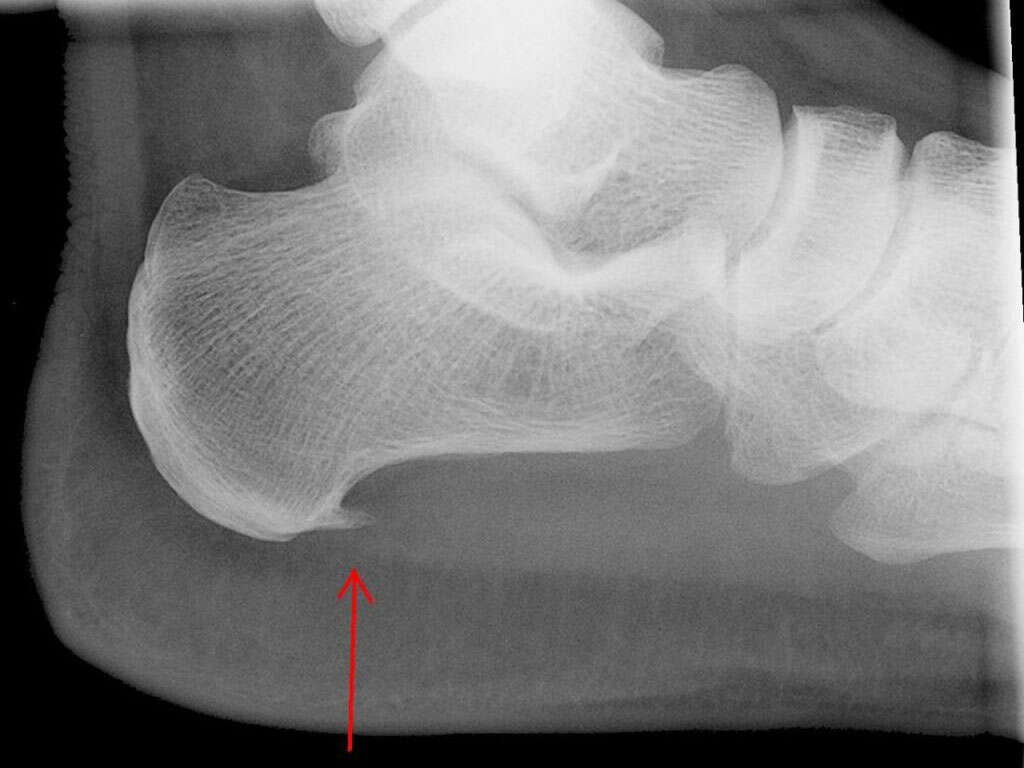
1. Degenerative Joint Disease
The ends of our bones where they meet other bones to form a joint have a protective layer of cartilage. This helps to protect them against contact with the other bone in the joint and helps to ensure that the joint can move smoothly. This cartilage is made from tough stuff, but it is not impervious to wear and tear.
As the joint gets used day in, day out, over the years, it does eventually get worn down. This can then mean that the ends of the bones become exposed in a condition that is known as degenerative joint disease. It is also known as osteoarthritis and it is a condition that tends to affect elderly people.
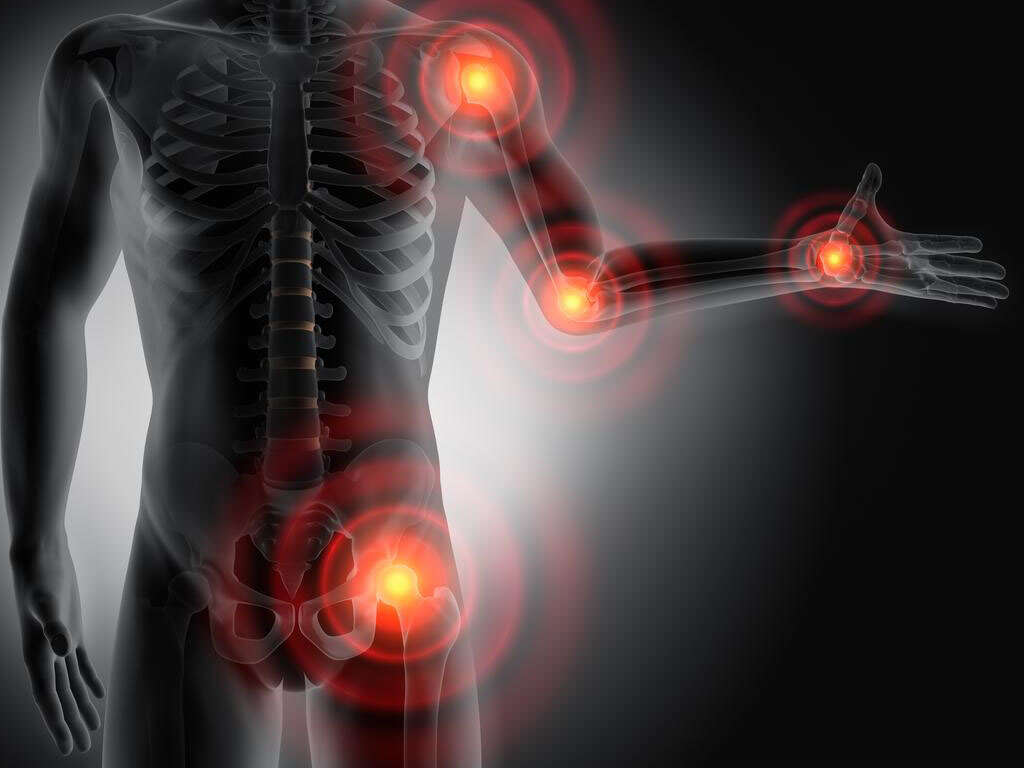
2. Pain
One of the most common symptoms of degenerative joint disease is pain. The pain occurs because there is no longer a protective layer. It results in the bones rubbing directly against each other, while it can also cause ligaments and tendons to stretch. The pain is likely to occur during movement or just after movement.
In addition, the patient is also likely to feel that the area is tender to the touch even when only light pressure is applied. The area is also likely to be swollen because of inflammation in the joint. A medical professional should be able to prescribe medication that will help to at least reduce the level of discomfort caused.
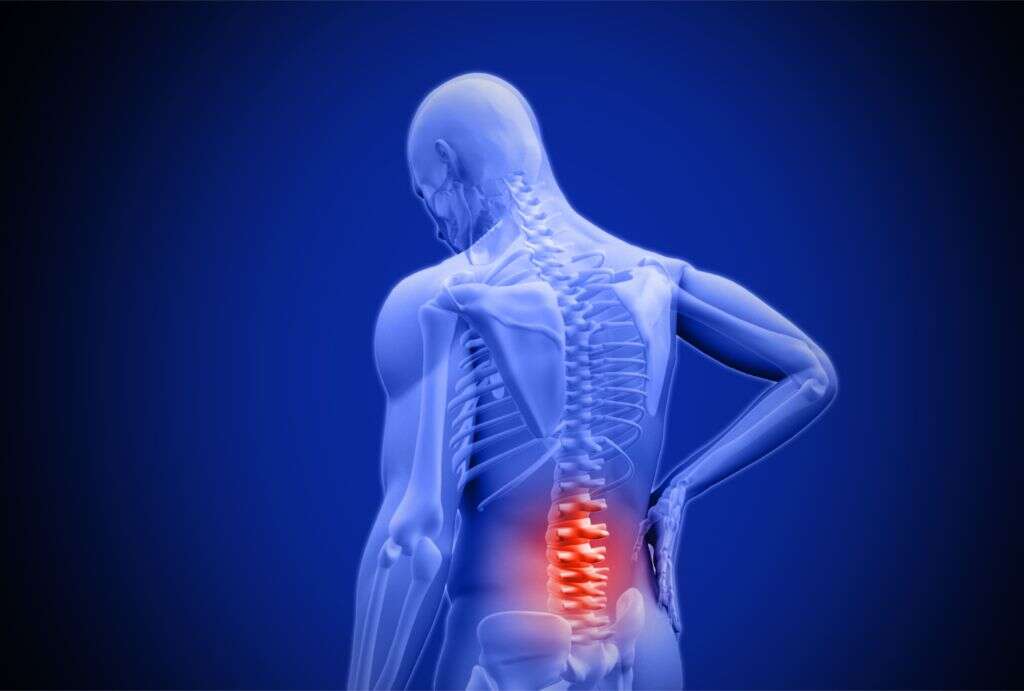
3. Stiffness
It is not uncommon for people to become gradually stiffer as they age, and even healthy people can find it more challenging to walk upstairs. This tends to be much worse in people with degenerative joint disease, however, and it can get to the point where they can hardly move at all.
This is usually worse after prolonged periods of being inactive, and when waking up in the morning. In addition, patients can find that they lose their levels of flexibility, and they can be unable to move their joints to the extent that they used to be able to.
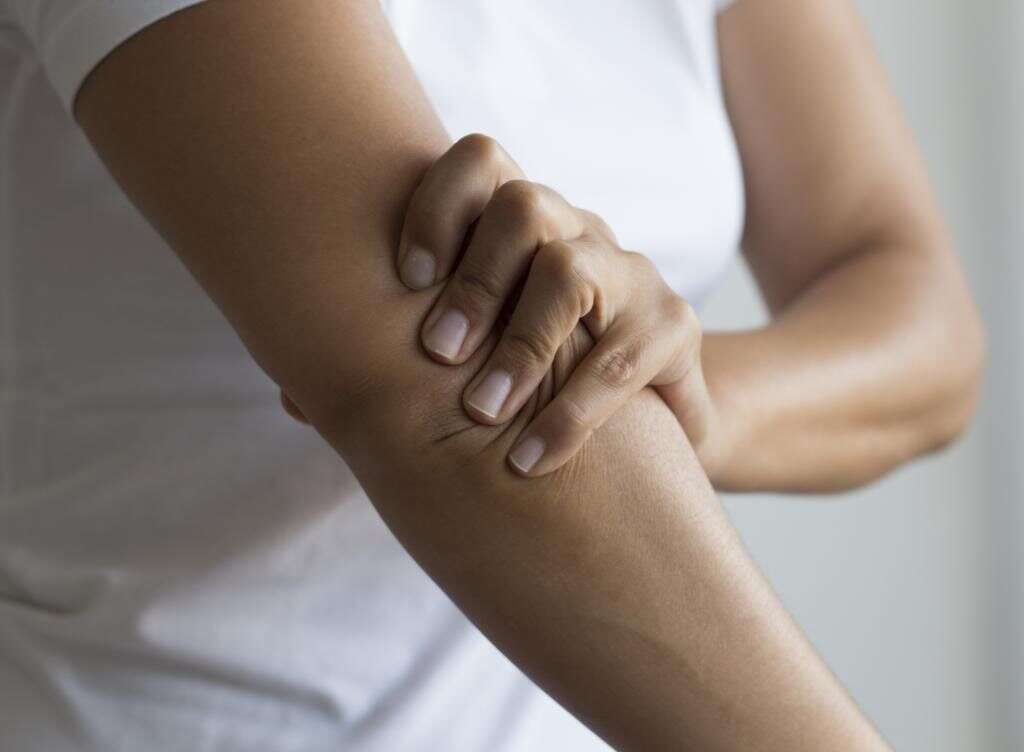
4. Bone Spurs
As the cartilage in your joints is gradually worn down, the body attempts to repair the problem, and this often does not go as planned. In some cases, bone spurs can develop, and these can make things quite a bit worse for the patient. Known as osteophytes, these bone spurs are small growths of bone that project out from the main bone.
Bone spurs will often accompany degenerative joint disease, and it can worsen already uncomfortable symptoms. The patient’s movement is likely to be limited even more, while bone spurs can also be very painful. Bone spurs don’t always cause symptoms, but surgery may be necessary in a small number of cases.

5. Grating Sensation
In healthy joints, the presence of the protective cartilage helps to provide a smooth surface against which bones can move. This enables the joints to be moved seamlessly without any resistance but, when this cartilage is not in good health, things don’t move as smoothly as they should.
One relatively common symptom of degenerative joint disease is that the patient will feel a grating sensation as they move their joints. This is because the bones are moving directly against each other rather than moving on a smooth surface. Patient’s will also sometimes hear a crackling and/or popping sound that is often clearly audible.

6. Old Age
Degenerative joint disease is a condition that develops gradually over many years. Most people with the condition once had perfectly healthy joints throughout much of their lives. Many were even athletes, or had jobs or hobbies that required a great deal of physical activity.
It is because the condition onsets gradually that young people tend not to be affected. They have simply not been using their joints for long enough for the problem to begin to show. It also appears to be more prevalent in women than it is in men, but we are not quite sure why that is.

7. Genetics
Some people are simply born more likely to develop degenerative joint disease then others thanks to certain genetic information passed down from one or more parent. These people can go much of their lives with perfectly healthy skeletons, only to find that degenerative joint disease still catches up with them eventually.
Other people might be born with deformities of the skeleton, and this can mean that there is more than usual pressure placed on individual joints. This can, in turn, increase the chances that a patient will develop degenerative joint disease. People with diabetes are also more likely to develop the condition than other people are.

8. Obesity
There are many good reasons to try and get yourself to a healthy weight if you are obese. Obesity can present a very real threat to your health in the short term, while it can also contribute to complications further down the line. One such complication is degenerative joint disease.
Obese people are simply heavier, and this means that additional weight is placed on the joints when they are being used. This, in turn, means that the cartilage will be worn down faster than usual. Degenerative joint disease aside, they are many reasons why obese people should try and get themselves to a healthy weight.

9. Injuries
People that have picked up joint injuries are also more likely to develop degenerative joint disease. This often means old injuries that had long since healed, but can still go on to cause problems for the patient later in their life. Such injuries will often occur during sporting occasions or through other events such as road traffic accidents.
In addition to injuries, repeated stress on joints can also make it more likely somebody will develop degenerative joint disease. This tends to happen in people that play a lot of sport, and in people that have physically active jobs or hobbies.

10. Treatment
Degenerative joint disease cannot be cured – the cartilage lost cannot be regenerated. However, the condition can be treated to help make the patient more comfortable. This will often involve changes in lifestyle such as having the patient lose weight.
Medication can also be used to help reduce inflammation and pain. Physical therapy is used to get the joint and surrounding areas to move as efficiently as possible. Hot and cold compresses can also help, while therapy can also be beneficial. Some patients will get access to certain devices that can help make things easier for them. Surgery is necessary in a small number of cases, and this can mean completely replacing the joint with an artificial one.
